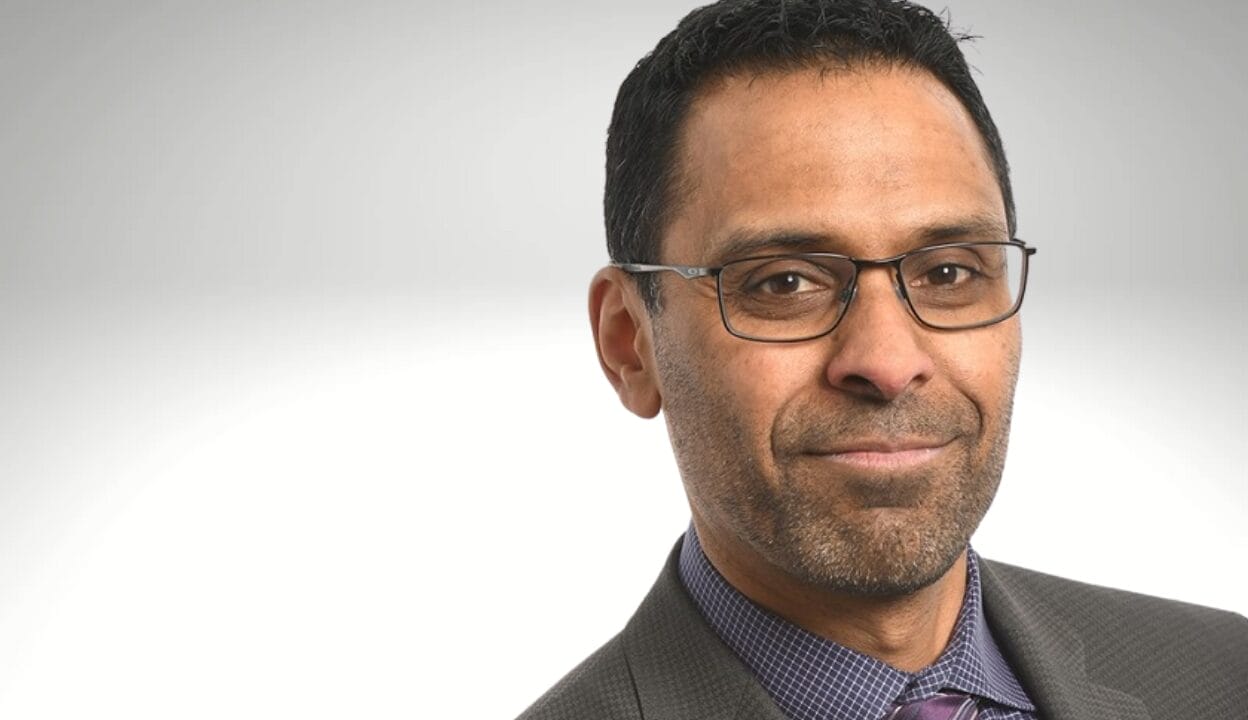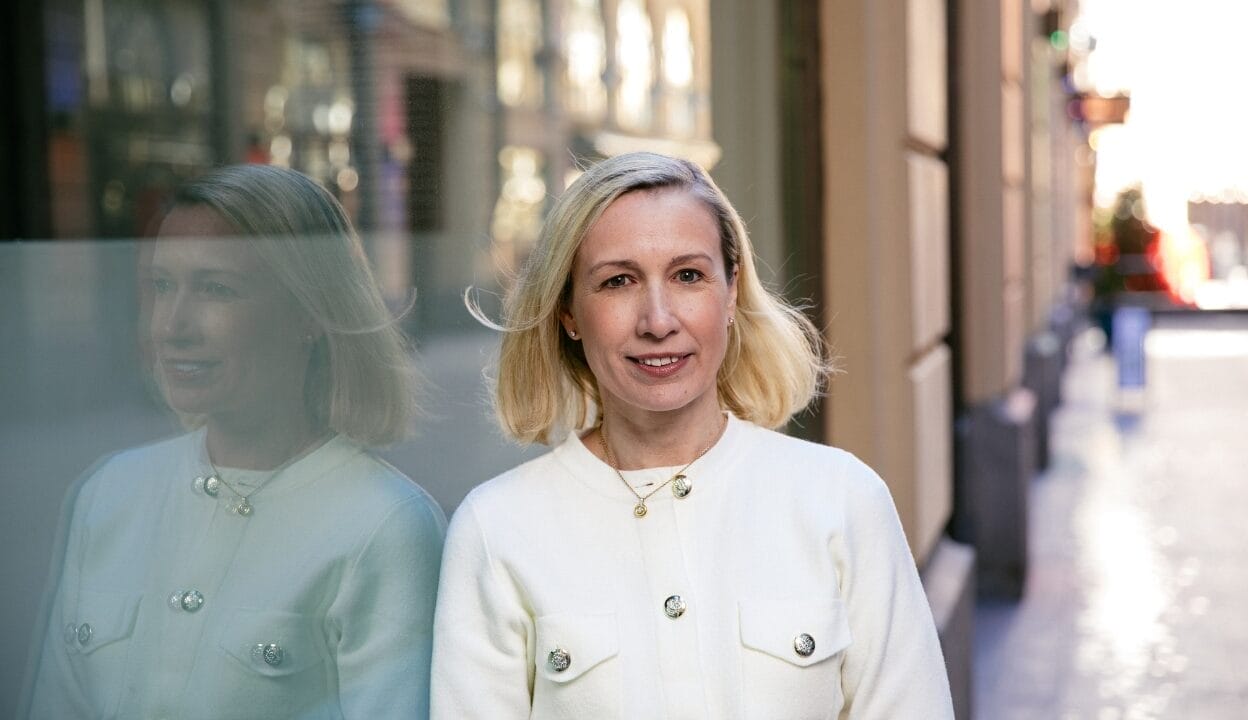The $23 billion Toronto-based Colleges of Applied Arts and Technology Pension Fund (CAAT), a scheme for employees in colleges across Canada, is increasing its allocation to real assets in line with a new asset liability study completed last year.
The investor is targeting a 25 per cent allocation (up from 20 per cent) to infrastructure and real estate in an iterative approach that has a global focus but has most recently comprised new assets in Canada’s transition economy.
“We are happy with the progress we are making, but we still have a lot more to do,” says chief investment officer Asif Haque in an interview with Top1000Funds.com from the fund’s Toronto office, home to the 23-person investment team.
“We are big enough to be a meaningful partner to private market GPs, but we are also still small enough to be able to allocate to newer managers with smaller fund sizes where return expectations can be more interesting.”
CAAT targets 25-30 per cent of the real assets portfolio in co-investment opportunities and nurturing the long-term relationships that open the door to co-investment opportunities is a key seam to strategy.
It’s not just real assets that are managed externally. Around three quarters of the portfolio is mandated to external managers in relationships that date back 10 and in some cases 20 years. Haque says CAAT believes in active investment and the ability to add value over what markets are providing.
The active management program contributed to the fund outperforming its policy benchmark by 1.5 per cent annually, net of fees. “Active management is a meaningful contributor to the overall health of the plan,” he says. “We take the big strategic decisions internally around asset mix and ranges, our investment policy and any tactical decision making. But day to day asset management is outsourced to a large group of external managers across public and private markets,” says Haque.
Selection and sizing are based on alignment of interest; the extent to which managers offer a differentiated and repeatable investment process, and how they respond to and are resilient to different market environments to deliver long-term value.
Characteristics that have been tested in recent months, particularly.
The sharp market moves triggered by the Trump administration’s ongoing tariff strategy is top of CAAT’s discussions with managers. The internal team have begun scenario planning and stress testing how new terms of trade might impact the global economy and investment going forward. They are trying to understand what recent market moves might mean longer term for the role of the dollar in the global financial system, and how this might impact capital market assumptions, geographical diversification and CAAT’s currency hedging strategy, for example.
“We are looking at the threats and opportunities that weren’t there but are now there,” he says. “We haven’t come to any conclusions, but we are thinking about world and talking to our external partners about issues with a long term focus.”
However, nothing will be done in the short term. Any changes to incorporate new investment expectations into CAAT’s asset mix will be integrated into the next round of asset liability modelling, which won’t happen for another two years.
Assets currently include private equity (17 per cent), credit (8 per cent), nominal bonds (12 per cent), inflation-linked bonds (5 per cent), real assets (25 per cent) and commodities (3 per cent).
Around 12 per cent of the portfolio is in interest rate-sensitive assets, 33 per cent in inflation-sensitive assets and 55 per cent in return-enhancing investments. Around a quarter of the portfolio is invested in Canada.
Passive investment is confined to part of the Canadian bond portfolio and a US S&P 500 equity exposure, with the beta from the US allocation underlying a portable alpha strategy.
In 1995, the plan spun out from the Ontario Municipal Employees Retirement System, which acted as trustee, to assume a jointly-sponsored pension plan governance structure and invest on its own. Back then, CAAT had only $3 billion in assets under management.


